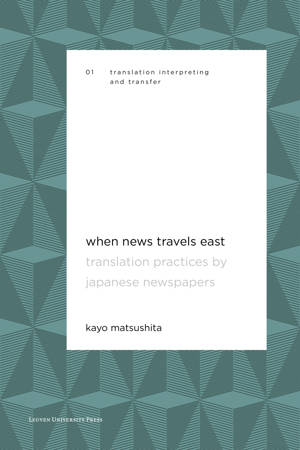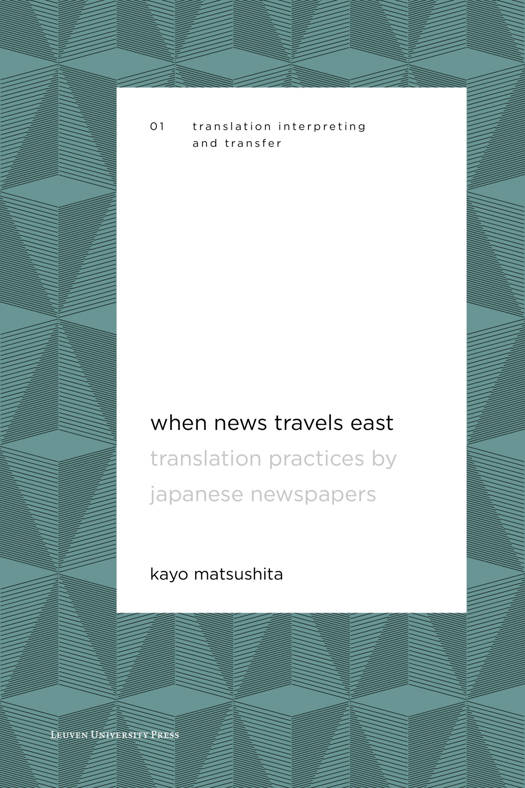
- Retrait gratuit dans votre magasin Club
- 7.000.000 titres dans notre catalogue
- Payer en toute sécurité
- Toujours un magasin près de chez vous
- Retrait gratuit dans votre magasin Club
- 7.000.0000 titres dans notre catalogue
- Payer en toute sécurité
- Toujours un magasin près de chez vous
Description
Most pieces of international news worldwide provided to the public rely on translation. Most of this translation is done not by translators, but by journalists with practically no training in translation. What happens when norms of journalism and those of translation clash? In this book, the author, a trained conference interpreter and former international journalist, takes the example of news translation in Japan and analyzes translation choices. Her extensive analysis of texts from six major Japanese newspapers and interviews with Japanese 'journalators' focuses on direct quotations, where accuracy is a top journalistic priority but can generate loss of communication impact if implemented rigidly. She argues that many shifts from accuracy can be explained by risk management strategies. When News Travels East provides invaluable insight from an insider about news translation in Japan and beyond and paves the way for further research in the field.
This publication is GPRC-labeled (Guaranteed Peer-Reviewed Content).
Spécifications
Parties prenantes
- Auteur(s) :
- Editeur:
Contenu
- Nombre de pages :
- 224
- Langue:
- Anglais
- Collection :
- Tome:
- n° 1
Caractéristiques
- EAN:
- 9789462701946
- Date de parution :
- 15-04-20
- Format:
- Livre broché
- Format numérique:
- Trade paperback (VS)
- Dimensions :
- 163 mm x 231 mm
- Poids :
- 317 g

Les avis
Nous publions uniquement les avis qui respectent les conditions requises. Consultez nos conditions pour les avis.






